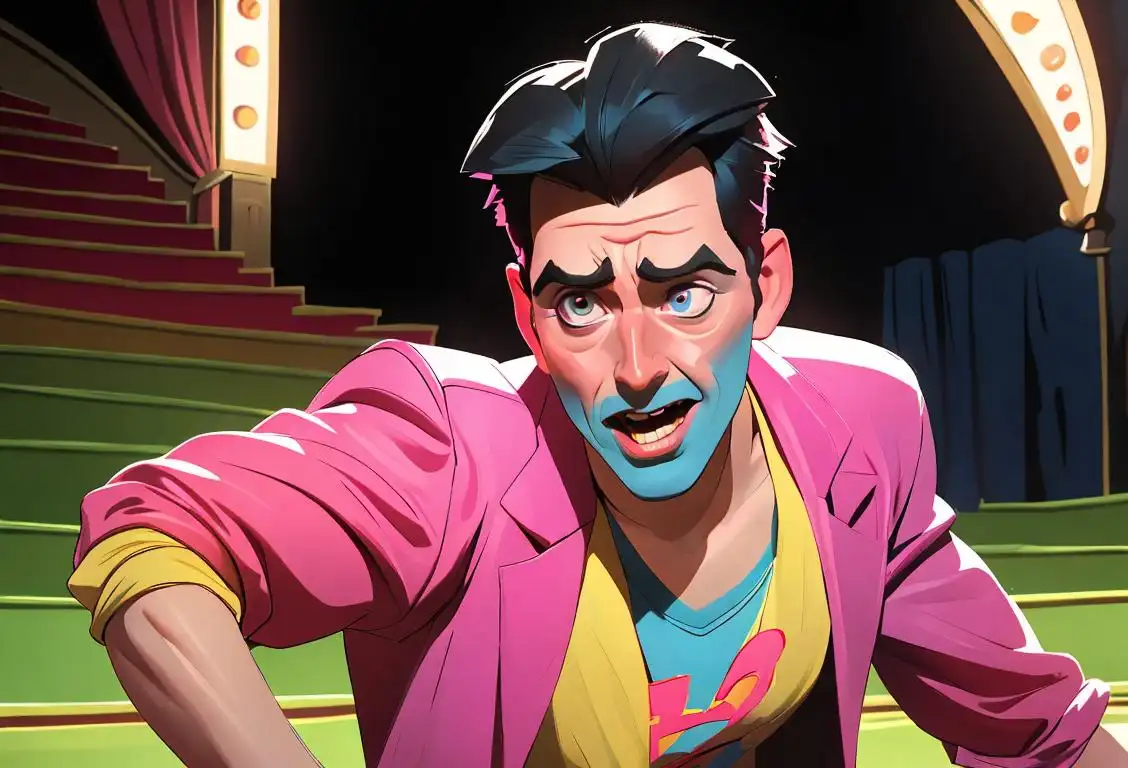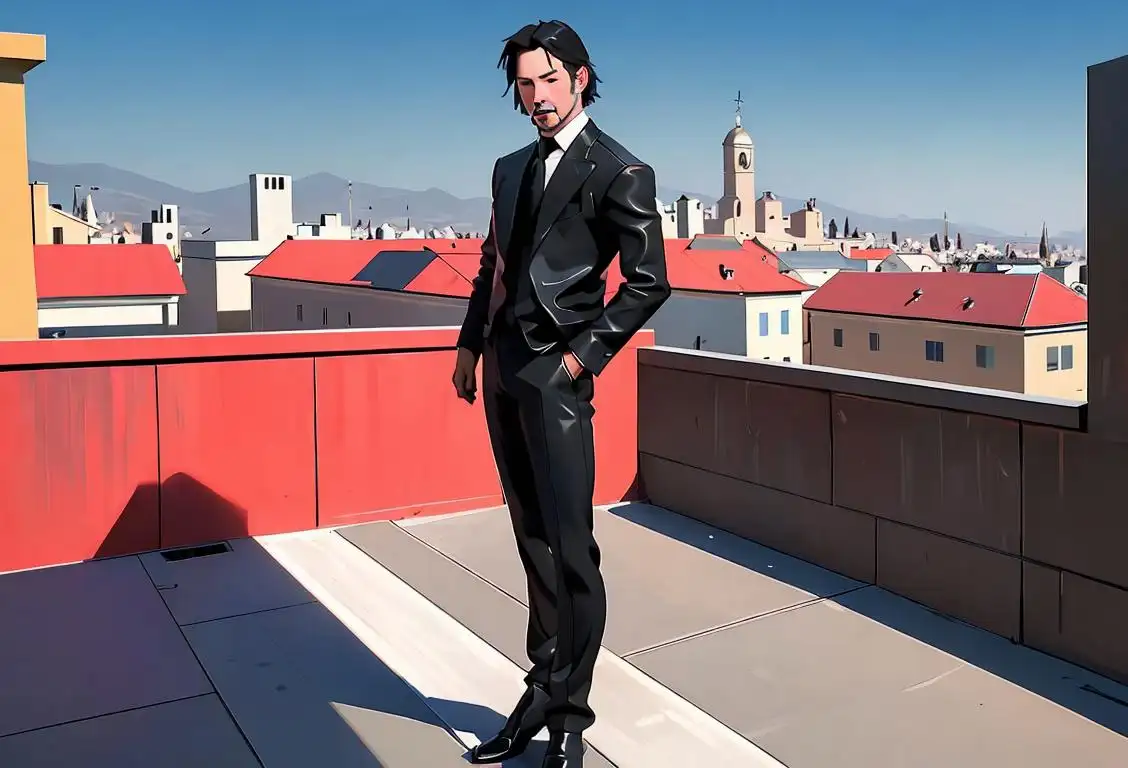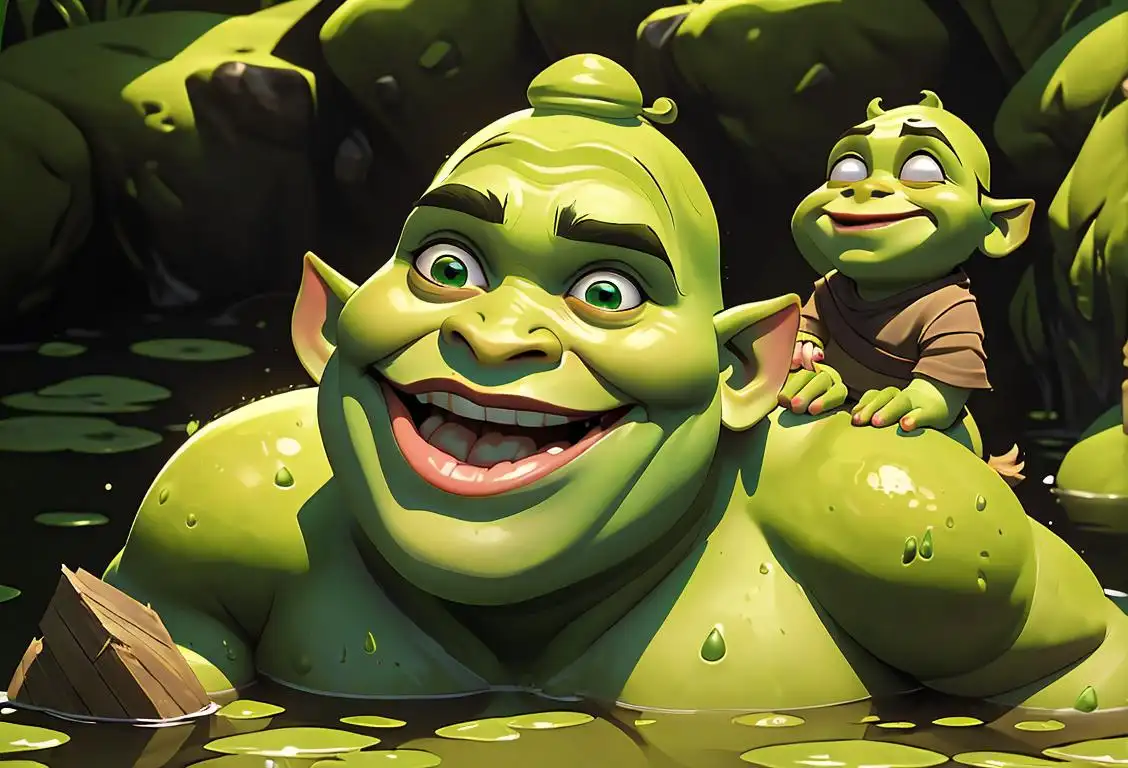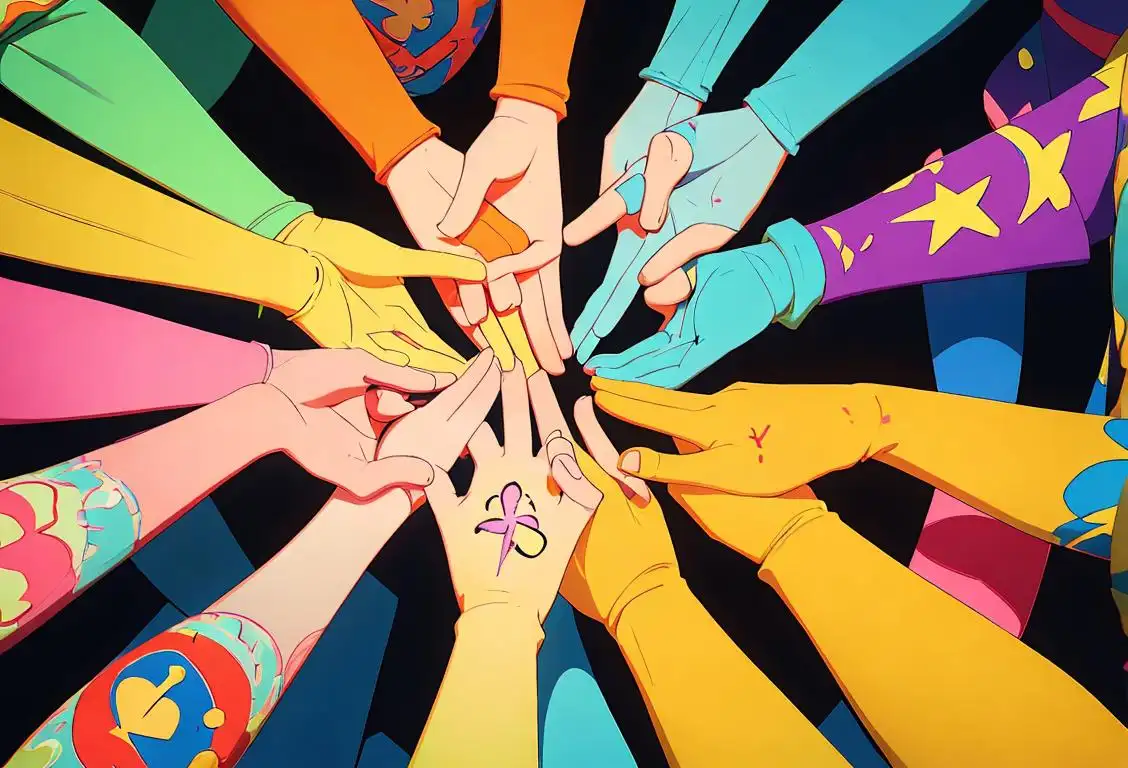National Bad Acting Day

Welcome to the wacky world of National Bad Acting Day! This special day is all about celebrating the moments when actors on stage or screen give performances that are, well, less than stellar. Get ready for some hilariously cringe-worthy moments and a whole lot of laughter!
When is Bad Acting Day?
It's national bad acting day on the 19th December.
A Brief History of Bad Acting
Bad acting has been around as long as the performing arts themselves. It's a universal experience that can be found in theater productions, movies, and even in our daily lives (cue that one friend who just can't seem to deliver a convincing joke).
On National Bad Acting Day, we take a moment to appreciate the efforts of those brave souls who have given us performances that leave us scratching our heads or rolling on the floor with laughter. From over-the-top Shakespearean monologues to unintentionally awkward movie scenes, bad acting has become an art form of its own.
How to Celebrate
Ready to embrace your own inner bad actor? Here are a few ways you can join in on the fun:
- Host a bad movie night with friends and watch some cult classics known for their cringe-worthy acting.
- Gather your loved ones for an impromptu living room theater production. Remember, the worse the acting, the better!
- Put on your best over-dramatic performance of your favorite movie scene and share it with the world on social media.
Remember, the goal here isn't to make fun of actors or their craft, but rather to appreciate the entertainment value that can come from a less-than-perfect performance. It's all in good fun!
Fun Fact
Did you know that one of the most famous examples of bad acting is the line 'I did not hit her, it's not true! It's bullshit! I did not hit her!' from the cult film 'The Room'? Tommy Wiseau's delivery has become legendary in its unintentional hilarity.
History behind the term 'Bad Acting'
1601
The Emergence of English Theater
In 1601, English theater was in its infancy, but it was already gaining popularity among the public. Performances were held in open-air theaters like the famous Globe Theatre, and actors were becoming household names. However, with the growing demand for entertainment, the quality of acting also varied widely. Some actors were praised for their skill and natural delivery, while others were criticized for their lackluster performances.
1739
The Rise of Satire
By the 18th century, satire had become a prevalent form of entertainment. Satirical plays aimed to mock and criticize societal norms and figures, often employing exaggerated characters and absurd situations. As this genre gained popularity, audiences began to appreciate more nuanced and skilled performances. Consequently, poorly executed acting became more noticeable and garnered negative reviews from both critics and audiences.
1890
The Birth of Cinematography
The late 19th century marked the birth of cinematography, revolutionizing the way stories were told on screen. Silent films emerged, and actors had to convey emotions primarily through their physical expressions and gestures. With the transition from the stage to the screen, the art of acting faced new challenges, and the subtle nuances that were easily conveyed in theater performances didn't always translate effectively to early films. This led to instances of what would be considered 'bad acting' by today's standards.
1927
The Talkies Arrive
In 1927, the first feature-length film with synchronized dialogue, 'The Jazz Singer,' was released. This marked the beginning of the 'talkies' era, where actors could deliver their lines on-screen. However, this transition posed a challenge for some actors, as they had primarily focused on physical acting in silent films. The shift also brought to light the importance of vocal diction, tone, and inflection in delivering convincing performances. The public became increasingly discerning and vocal about what they considered 'bad acting'.
1950
The Rise of Method Acting
In the 1950s, method acting gained popularity as a revolutionary approach to portraying characters realistically. Actors like Marlon Brando and James Dean brought a new level of emotional rawness to their performances, challenging traditional acting techniques. This shift influenced audience expectations, and any deviation from the realistic portrayal of characters was often critiqued as 'bad acting'. Method acting set new standards for the craft, demanding a high level of commitment and authenticity from actors.
2000
The Digital Age and Memes
With the advent of the internet and the rise of social media platforms, criticizing and mocking bad acting became more accessible and widespread. Memes, often featuring scenes or clips from movies and TV shows, allowed people to humorously highlight instances of subpar performances. This internet culture further popularized the term 'bad acting' and made it more recognizable to a global audience.
Did you know?
Did you know that one of the most famous examples of bad acting is the line 'I did not hit her, it's not true! It's bullshit! I did not hit her!' from the cult film 'The Room'? Tommy Wiseau's delivery has become legendary in its unintentional hilarity.Tagged
fun loved ones filmFirst identified
19th December 2020Most mentioned on
19th December 2020Total mentions
490Other days
Keanu Day
Bad Acting Day
Shrek Day
Dumbo Day
Suicide Prevention Day
Compliment Day
Cheese Pizza Day
Pumpkin Day
Cancer Survivors Day
Guac Day







